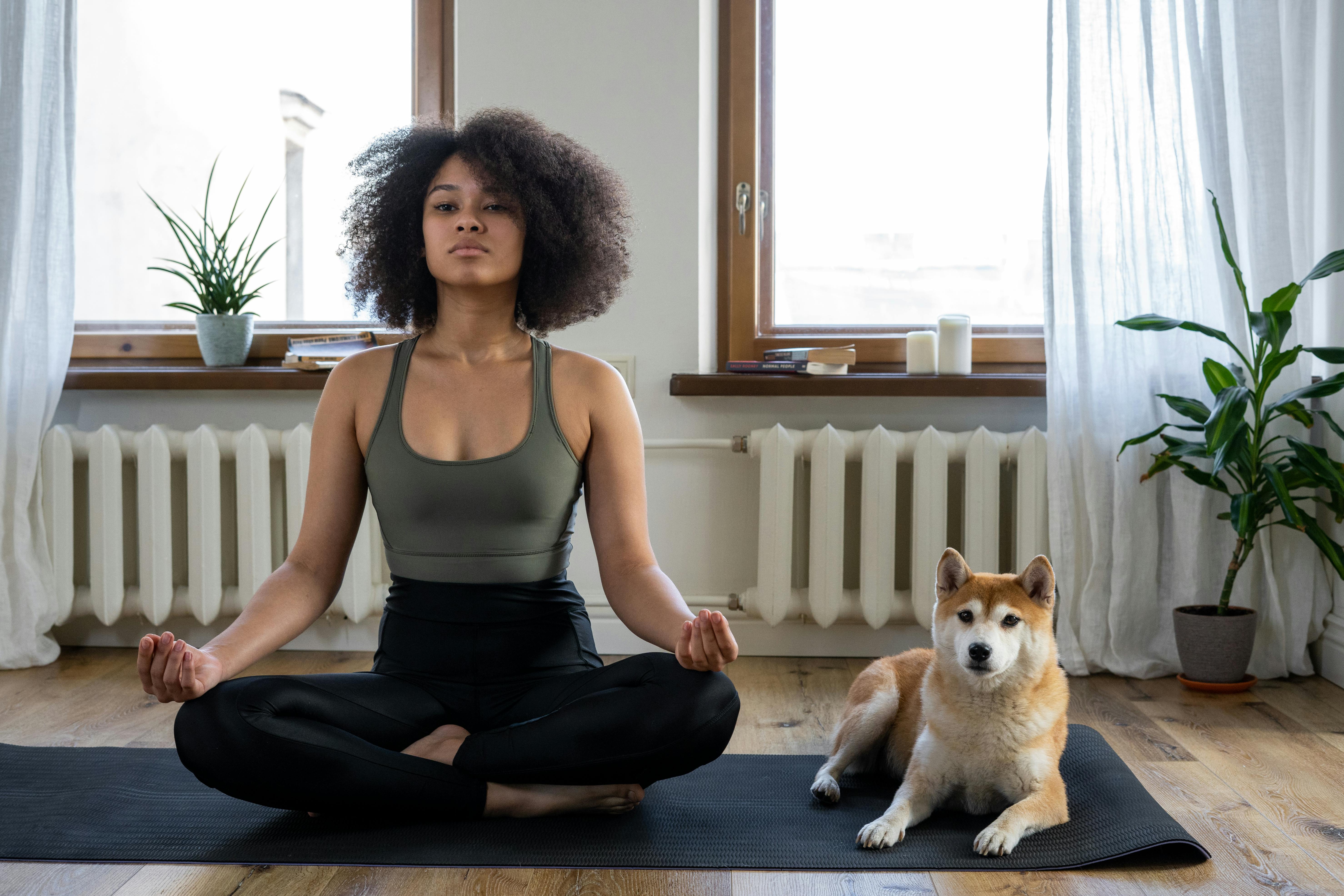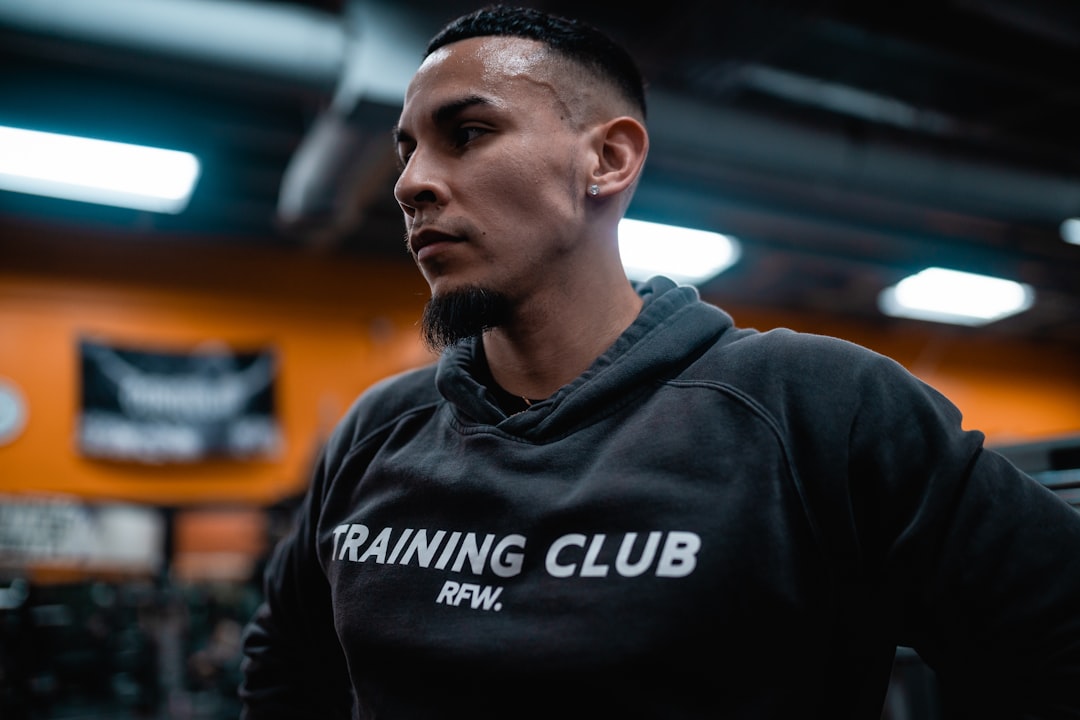Many people dream of a sculpted “six-pack,” often believing it represents the entirety of their core strength. However, the truth is far more complex and fascinating: your abdominal region is a sophisticated network of distinct muscles, each playing a crucial role in movement, stability, and overall health. Understanding these individual components—the rectus abdominis, external obliques, internal obliques, and transversus abdominis—is key to building a truly strong, functional core.
This comprehensive guide will demystify your abdominal anatomy, breaking down each muscle’s function and highlighting why a holistic approach to core training is essential. Prepare to transform your understanding of what it means to have a powerful core.
The Abdominal Wall: A Complex Protective Layer
The abdominal wall is not just about aesthetics; it’s a vital structure that protects internal organs, maintains posture, and facilitates various movements. Far from being a single block, it’s composed of several layers of muscles, each with unique fiber orientations that allow for a wide range of motion and provide robust support.
Why Understanding Matters for Core Health
A common misconception is that endless crunches are enough for a strong core. In reality, neglecting specific abdominal muscles can lead to imbalances, poor posture, and increased risk of injury, especially to the lower back. A balanced approach to training all abdominal muscles ensures comprehensive strength and stability.
Did You Know? The abdominal muscles also play a crucial role in breathing, coughing, sneezing, and even childbirth, by increasing intra-abdominal pressure.
Rectus Abdominis: The Visible “Six-Pack”
The rectus abdominis is the most superficial of the abdominal muscles, running vertically from the sternum down to the pubic bone. It’s segmented by fibrous bands called tendinous intersections, which give it the characteristic “six-pack” appearance when body fat levels are low.
Anatomy and Primary Function
This muscle’s primary role is to flex the spine, bringing the rib cage closer to the pelvis, as seen in exercises like crunches or sit-ups. It also assists in maintaining posture and stabilizing the trunk.

While often the focus of aesthetic training, over-reliance on rectus abdominis exercises without engaging deeper core muscles can lead to imbalances and potential lower back strain.
External Obliques: The Side Benders and Rotators
Located on the outer sides of the abdomen, the external obliques are large, flat muscles with fibers running downwards and forwards, similar to putting your hands in your pockets. They are crucial for twisting and side-bending movements.
Anatomy and Role in Trunk Movement
When one external oblique contracts, it causes rotation of the trunk to the opposite side. For example, contracting the right external oblique rotates the trunk to the left. When both external obliques contract simultaneously, they assist the rectus abdominis in spinal flexion.

These muscles are essential for daily activities like reaching across your body, throwing, or even getting out of bed. Training them helps improve rotational power and lateral stability.
Internal Obliques: The Deeper Rotators and Stabilizers
Lying beneath the external obliques, the internal obliques have fibers that run upwards and forwards, perpendicular to the external obliques. This opposing fiber direction allows them to work synergistically with the external obliques for powerful rotational movements.
Anatomy and Synergistic Action
Unlike the external obliques, the internal oblique on one side rotates the trunk to the *same* side. For instance, the right internal oblique contracts to rotate the trunk to the right. When working with the contralateral external oblique (e.g., right internal oblique with left external oblique), they create powerful twisting motions.
“The internal obliques are often overlooked in favor of their external counterparts, but their role in stabilizing the spine during rotation and contributing to intra-abdominal pressure is indispensable for a healthy core.”
Beyond rotation, the internal obliques also contribute significantly to spinal flexion and lateral flexion, working closely with the rectus abdominis and external obliques.
Transversus Abdominis: The Deepest Core Stabilizer
The transversus abdominis (TVA) is the deepest of the abdominal muscles, wrapping horizontally around the trunk like a natural corset. Its fibers run transversely, providing deep stability rather than movement.
The “Corset” Muscle and Its Crucial Role
The TVA’s primary function is to compress the abdominal contents and stabilize the lumbar spine. It acts as a natural weightlifting belt, increasing intra-abdominal pressure to support the spine during heavy lifting or any movement requiring core stability. It’s often the first muscle to activate in anticipation of limb movement.

Activating the TVA is often described as “drawing your belly button towards your spine” without sucking in your breath. This subtle engagement is fundamental for preventing lower back pain and improving overall functional strength.
Integrated Core Function: Why All Abdominal Muscles Matter
True core strength comes from the synergistic action of all these abdominal muscles, along with other core components like the pelvic floor, diaphragm, and multifidus. Focusing solely on one muscle group, such as the rectus abdominis, can lead to imbalances and limit your athletic potential and daily functional capacity.
A Holistic Approach to Core Training
For optimal core health, your training should include exercises that target all abdominal muscles in various planes of motion:
- Spinal Flexion: Crunches, leg raises (for rectus abdominis).
- Rotation: Russian twists, bicycle crunches (for obliques).
- Anti-Rotation/Anti-Extension: Planks, pallof presses (for TVA and overall core stability).
- Lateral Flexion: Side bends, side planks (for obliques).
Abdominal Muscle Functions at a Glance
| Muscle | Primary Location | Key Functions |
|---|---|---|
| Rectus Abdominis | Front, superficial | Spinal flexion, posture |
| External Obliques | Sides, outer layer | Trunk rotation (opposite side), lateral flexion, flexion |
| Internal Obliques | Sides, inner layer | Trunk rotation (same side), lateral flexion, flexion |
| Transversus Abdominis | Deepest, wraps around | Spinal stabilization, intra-abdominal pressure |
For a deeper dive into the intricate anatomy and biomechanics of the core, consider exploring resources from reputable academic institutions. For example, the National Center for Biotechnology Information (NCBI) provides detailed information on abdominal wall anatomy, which is a great resource for understanding the layers and functions of these muscles.
Conclusion: Embrace Your Entire Core
The “six-pack” is merely the tip of the iceberg when it comes to your abdominal strength. By understanding and actively engaging your rectus abdominis, external obliques, internal obliques, and transversus abdominis, you can build a truly resilient and functional core. This comprehensive approach not only enhances athletic performance but also significantly contributes to injury prevention and overall well-being.
Move beyond superficial training and embrace the complexity of your core. Incorporate a variety of exercises that challenge all these muscles in different ways. Your body will thank you for it.
Ready to strengthen your entire core?
What’s one new core exercise you’ll try this week to target a different abdominal muscle?
